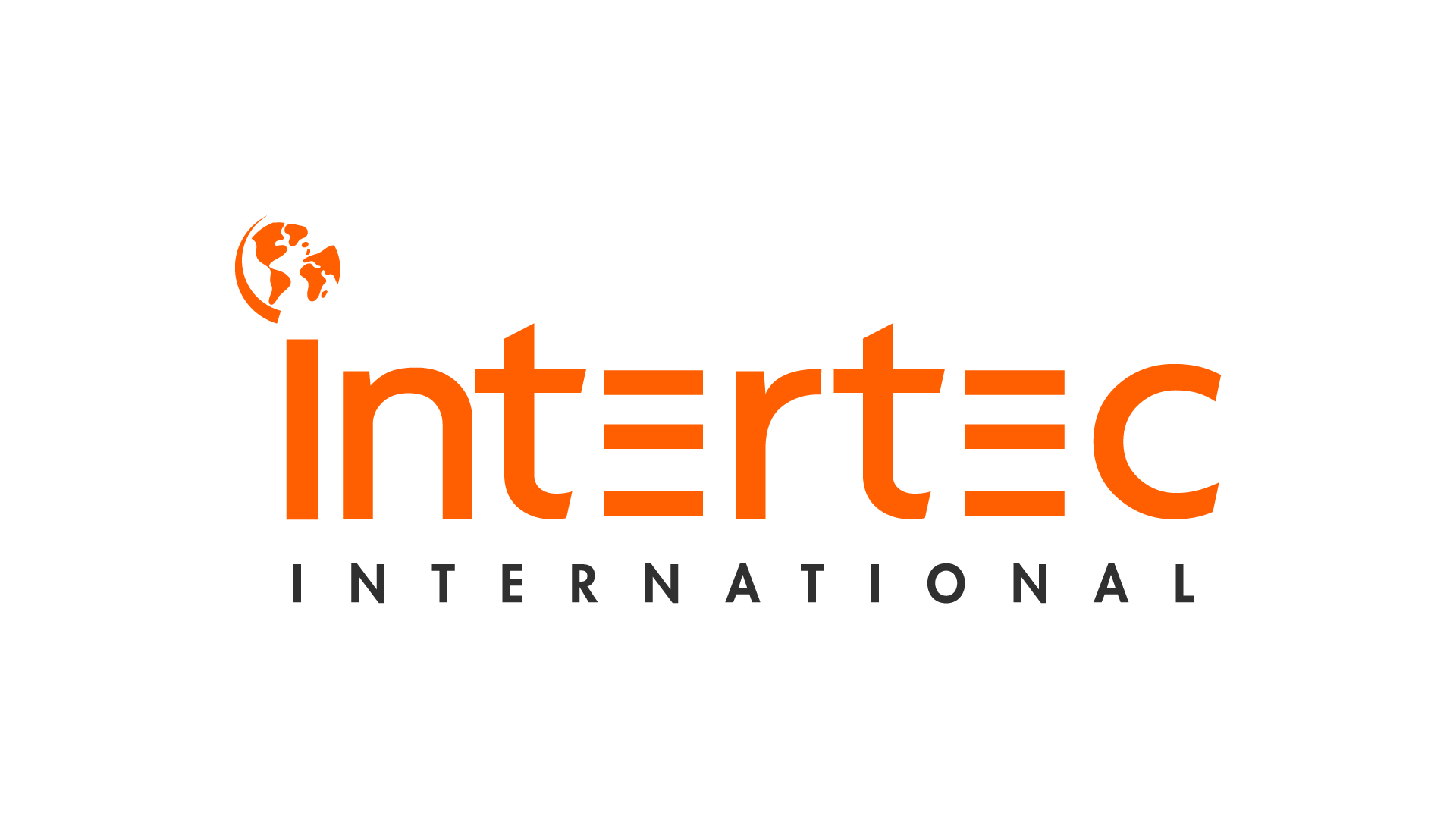Companies worldwide are experiencing the benefits of utilizing a managed services provider (MSP). With the help of an MSP, they can alleviate the workload of their IT department while enhancing the quality and dedication of their IT services. MSPs are teams of expert IT professionals devoted to managing companies' IT infrastructure and network, ensuring that they receive the highest quality care. Many MSPs utilize remote monitoring and management (RMM) to heighten their care while supporting customers from any location. We will discuss what RMM software entails and how RMM leveraged by an MSP can bring your IT network to the next level.

What is RMM Software?
RMM stands for remote monitoring and management, but it is often referred to as remote IT management. From its name, it is clear that there are two significant aspects involved. Remote management consists of managing a computer or network from a remote location. This typically entails installing software and managing activities on a user's systems, network, workstations, servers, or endpoints from a remote location. On the other hand, remote monitoring refers to the specification that helps MSPs monitor the network operational activities of clients using remote devices such as probes or monitors.
RMM software is designed to assist businesses with remotely monitoring networks, endpoints, and devices. When an RMM is deployed, a low-footprint agent is installed on a customer's network, which is responsible for feeding information back to an MSP. The MSP will then use this data to provide valuable insight to their clients regarding device status, IT infrastructure, and business health. This enables companies to ensure that their machines are up-to-date and appropriately maintained. With this information, they can proactively respond to issues and resolve them remotely as needed – with no physical interaction with the device.
If an agent identifies an issue on the customer's computer, it automatically generates and sends an alert, providing MSPs with the information necessary to resolve the problem quickly. These alerts are often classified by problem type or severity, helping providers to prioritize issues effectively. In some cases, these agents can detect and resolve problems before the customers are aware of them.
Overall, RMM software enables MSPs to manage a significant number of clients efficiently, offering solutions greater than mere break/fix service providers. In addition to monitoring for problems, RMM enables providers to remotely deploy patches and install updates and software, all from a remote, centralized dashboard.
Key Functions of RMM Software
RMM software is instrumental in monitoring and managing client networks, but many beneficial functions fall under this umbrella. As RMM monitors clients' computers, it gathers data about client hardware, software, and networks. Activity data and reports are then provided to MSPs and customers, providing users with complete insight into their IT infrastructure. It is also responsible for tracking the health of networks and devices, generating appropriate alerts when issues arise to be solved quickly and efficiently. Beyond reacting to problems, an RMM will also automate and schedule routine maintenance tasks, ensuring that systems are up-to-date. These features are highly beneficial to customers and alleviate the responsibilities of MSPs, allowing them to monitor multiple clients and endpoints concurrently. This ensures that all clients receive the same high level of care and service at no additional labor to the MSP.
Taking it one step further, as RMMs continue to grow in their technical capabilities, they are evolving to incorporate other tools, enabling them to deliver an all-in-one solution. This allows RMMs to meet all IT needs, integrating several systems and devices for maximized efficiency and transparency. In addition to their key features, RMMs can also function as an IT help desk, backup solution, and remote access tool. By utilizing an RMM leveraged by an MSP, your company will gain visibility into your network while your IT infrastructure is seamlessly managed.
Benefits of RMM
Beyond offering you the aforementioned key features, an RMM will provide you with clear benefits, optimizing your IT infrastructure and improving your bottom line.
- Offers enterprise-level automation and monitoring.
- Detects issues before crisis or system failure.
- Improves the systematic management of customers’ IT requirements.
- Ensures optimal network stability.
- Enhances system performance.
- Extends the lifespan of customer systems and devices.
- Enables enhanced end-user productivity.
- Leads customers to improved customer loyalty and satisfaction.
- Allows MSPs to avoid and control client issues.
- Ensures higher profit margins through enhanced system performance.
- Helps MSPs expand their client base while providing optimized service.
In addition to these benefits, RMM also delivers high-level security features, which are of growing importance for customers in the IT industry. As an IT provider, you are responsible for protecting your data in addition to your customers'. With RMM's endpoint detection and response, MSPs can easily protect passwords and client documentation, ensuring that sensitive information remains in the right hands.
RMM is critical for MSPs
RMM software is a straightforward solution to optimized IT service and care for both MSPs and their clients. While many other businesses can benefit from using an RMM, this software is especially crucial for MSPs and other IT services providers. As an increasing number of companies are utilizing remote monitoring and management solutions, they are becoming a vital part of staying relevant and competitive as a business.
As an MSP, your reputation is everything. Your reputation must convey security and quality for clients to trust you with complete access to their systems and networks. Fortunately, RMM can help MSPs provide this care and protection, ensuring that customers are satisfied and their reputation is protected. In addition to this, RMM software also can help MSPs to reduce costs while increasing productivity. Because monitoring and management are automated, MSPs have more time to focus on other pressing tasks.
Furthermore, MSPs can spend less time commuting to their client's physical databases and more time managing their systems because of its remote aspect. These benefits directly translate to the longevity and prosperity of MSPs while increasing their bottom line. RMM software can deliver such a vast range of benefits to MSPs that it is clear why so many have added it to their portfolio of services.









